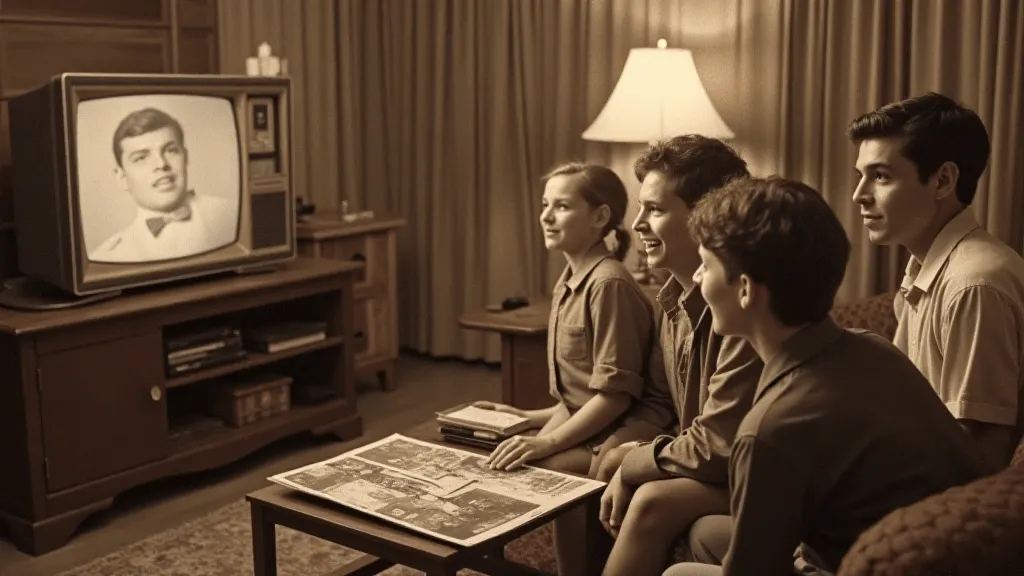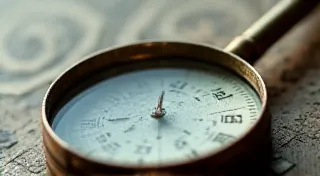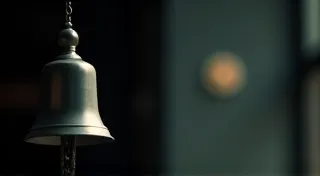Lost in the Listings: Reconstructing Forgotten Television Programs Through Collector Accounts
There's a peculiar intimacy that comes with holding a vintage TV Guide. It's more than just paper and ink; it's a portal. A portal not just to the television shows of a bygone era, but to the homes and routines of families who eagerly awaited their weekly dose of entertainment. For those of us fascinated by early television history, and especially for dedicated collectors of TV Guides, that portal reveals a world largely forgotten by mainstream media – a landscape populated by shows that vanished without a trace, their existence often known only through the faded listings in these invaluable paper artifacts.
The Fragility of Memory & the Power of Paper
Imagine a television show, brimming with creativity and hope, only to be canceled after a handful of episodes. The network archives purged, the film reels lost or destroyed, the actors moved on to other ventures. Decades later, what remains? Often, nothing. Except, perhaps, a brief mention in a TV Guide. This is where the tireless work of collectors becomes so vital. They are the archivists of a lost medium, piecing together fragmented histories, rescuing forgotten narratives from the abyss of obscurity.
My own fascination began with a box of my grandfather's old magazines. He was a devout TV Guide reader, meticulously preserving each week's edition. As a child, I’d pore over the listings, captivated by the promises of adventure, comedy, and drama. Many of those shows were gone, relics of a television landscape I never experienced. It wasn’t just the shows themselves, but the feeling of connection—a glimpse into my grandfather's world, his preferred escapes.
There's a quiet dignity in collecting these paper testaments. It's a tactile experience, a connection to the past that digital archives often lack. The smell of aged paper, the faint imprint of fingerprints from previous owners – it all contributes to a deeper appreciation for the object itself. It’s akin to restoring an antique accordion, appreciating not just its musical capabilities but the craftsmanship and artistry that went into its creation.
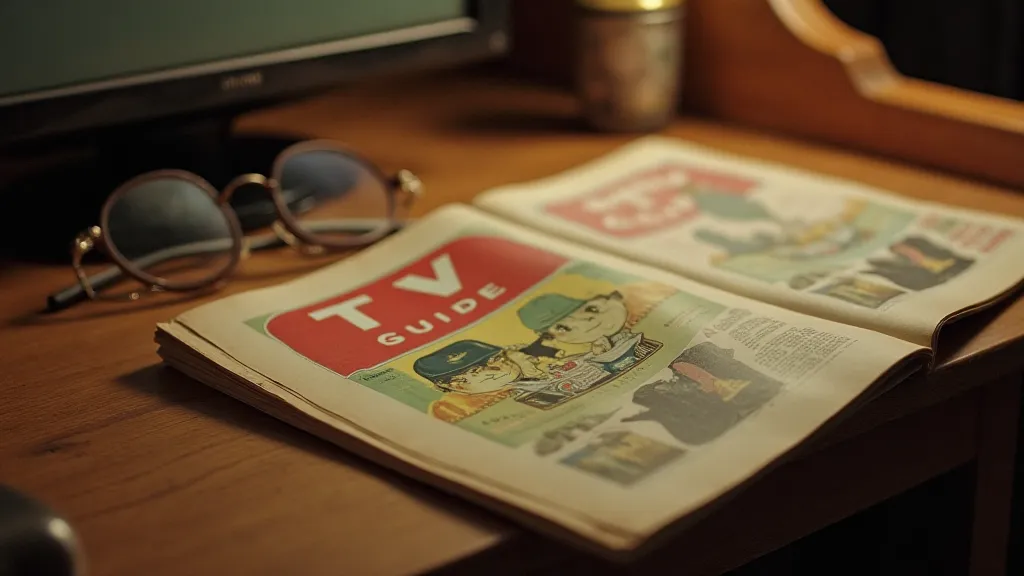
The Collector's Lens: Uncovering Lost Narratives
Serious collectors often go beyond simply accumulating TV Guides. They become detectives, cross-referencing listings, advertisements, and other historical records to build a more complete picture of these forgotten programs. They meticulously note air dates, episode titles (often missing from initial listings), actors, and even production companies. They share their findings online, in forums and dedicated websites, creating a collaborative effort to reconstruct these lost narratives. The layout and design itself, especially in the grids of the 1960s, offers unique insights into the era—a topic explored in more detail in The Art of the Grid: Deconstructing the Layout and Design of 1960s TV Listings.
For example, consider shows like “The Gale Storm Show” (1959-1961). While Gale Storm was a well-known name, the early seasons of the show featured a rotating cast and inconsistent storylines. Collectors have scoured old TV Guides, uncovering information about actors who appeared in only a few episodes and reconstructing the show's evolving format. Some editions even show initial premises that were radically altered later on, highlighting the challenges of early television production and the ever-present need to cater to audience preferences.
The same applies to shows like “Suspense Theatre,” a mid-1950s anthology series. Early TV Guides provided minimal information, often just a brief synopsis of the episode. Through detailed research, collectors have discovered the names of writers, directors, and lesser-known actors involved, enriching our understanding of this influential series. It's a meticulous process, requiring patience and a keen eye for detail – much like identifying the maker's mark on an antique accordion and tracing its history. The very notion of fleeting television becoming a collector’s treasure speaks to the dedication required – a sentiment echoed in The Static of Obsolescence: Why Fleeting Television Became a Collector’s Treasure.
Challenges and Rewards of the Pursuit
Collecting vintage TV Guides, especially pre-1970s editions, isn’t without its challenges. Condition is paramount. Shows like “Kraft Television Theatre” (a highly influential live anthology series from the early 1950s) are incredibly rare and expensive in good condition. Many have suffered from poor storage, water damage, or simply the ravages of time. Identifying rare editions can also be tricky. Early TV Guides often varied significantly in format and content depending on the region.
The cost of acquiring comprehensive collections can be substantial. The rarity of certain editions, especially those covering popular shows like “I Love Lucy” or “The Twilight Zone,” drives prices up. However, the value isn’t solely financial. The satisfaction of uncovering a previously unknown fact about a forgotten program, of contributing to a collective effort to preserve television history – that’s a reward in itself. The evolution of comedy on television, as reflected through these treasured artifacts, is a fascinating study in itself – a journey detailed in Echoes of Laughter: The Evolution of Comedy on Television, as Seen Through Vintage TV Guides.
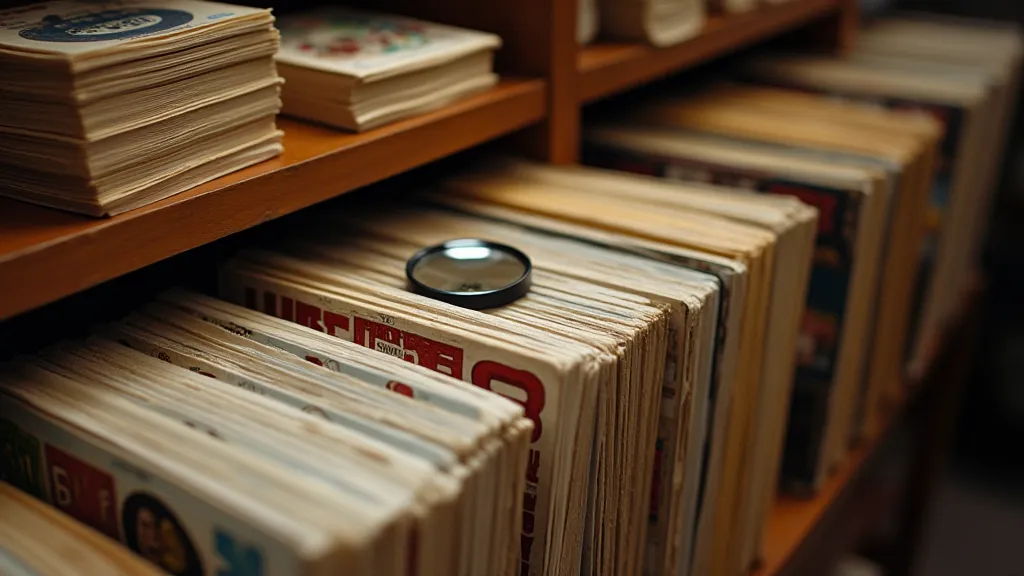
Rarity, Subscription History, and Early Television Formats
Understanding the rarity of specific TV Guides requires delving into the subscription history and regional variations. The early years of the magazine saw a patchwork system, with different editions catering to distinct markets. Early editions, particularly those from smaller cities or those covering short-lived shows, are often the most sought after by serious collectors. The pre-1960s format, often featuring a mix of color and black-and-white illustrations, also contributes to the appeal.
Examining the advertising content provides another layer of insight into the era. Ads for appliances, automobiles, and consumer goods offer a snapshot of the economic and cultural landscape. Even seemingly mundane details, such as the fonts used and the layout of the listings, reveal something about the design aesthetic of the time. Early television programming itself often featured live broadcasts, variety shows, and anthology series – formats radically different from the episodic dramas and sitcoms that dominate modern television. These advertisements provide a remarkable reflection of the American Dream – a perspective often overlooked, but crucial for understanding the context of the era, as explored in depth in Mirrors of Consumption: How Advertising in Vintage TV Guides Reflected American Dreams.
Preserving the Legacy: A Collective Responsibility
The work of TV Guide collectors is more than just a hobby; it’s a form of cultural preservation. These magazines are a vital link to the past, offering a unique perspective on a formative era in American entertainment. As digital archives continue to grow, the tactile experience and historical depth offered by vintage TV Guides remain invaluable. The dedication and passion of these collectors help us understand the societal and economic influences shaping entertainment in a way that digital archives simply cannot replicate.
We are all custodians of this legacy. Whether you're a seasoned collector or simply a nostalgic admirer, taking the time to appreciate these remarkable artifacts ensures that the stories of forgotten television programs – and the memories of those who watched them – are not lost to time. Just as the skilled craftsman pours their heart and soul into creating an accordion, these collectors dedicate themselves to safeguarding a tangible piece of television history. The unique blend of historical documentation and personal connection found within these magazines fosters a deep appreciation for a bygone era, ensuring that the stories they hold continue to resonate with generations to come.
